François-Auguste (1819-1900) and François-Joseph Fannière (1820-1897), nephews of the silversmith Jacques-Henri Fauconnier, founded the Fannière Frère silversmith firm in 1839, located on rue Vaugirard and then rue de Fleurus. Trained at the Beaux-Arts in Michel Martin Drollig's workshop, the brothers' talent for drawing, sculpting and chasing led them to supply some of Paris's most prestigious houses, including Odiot, Froment-Meurice and Christofle.
They won a first-class medal at the 1855 Exposition Universelle and a gold medal in 1867, and exhibited regularly at the Paris Salons.
The bowl we present, with its horse-shaped handles held in place by putti, and its body finely chased with Renommées in a leafy setting, is fully in keeping with the Renaissance-inspired spirit of the two brothers.
An identical bowl is illustrated in Henri Bouilhet, L'orfèvrerie Française aux XVIIIème et XIXème siècles, Paris, 1912, p.69, presented as the "Vase executed for the Grand Prix de Paris in 1867, offered by Emperor Napoleon III".




























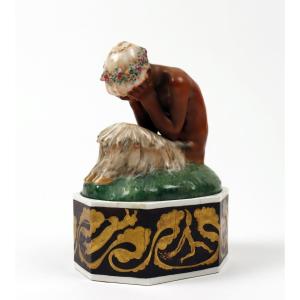
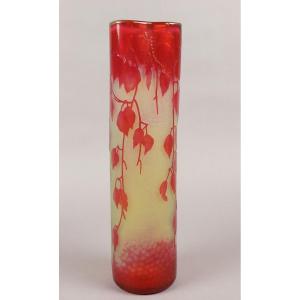
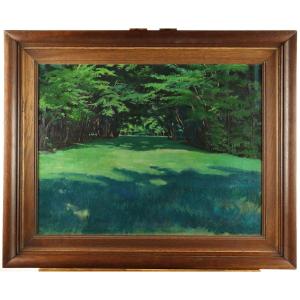
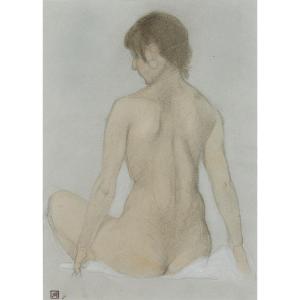



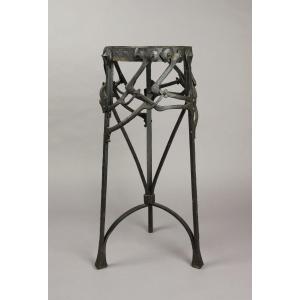
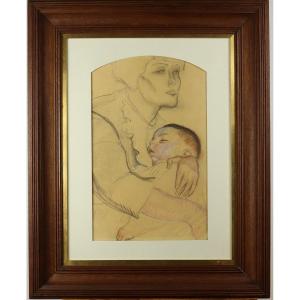
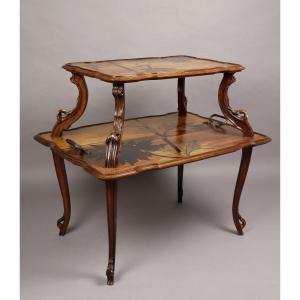

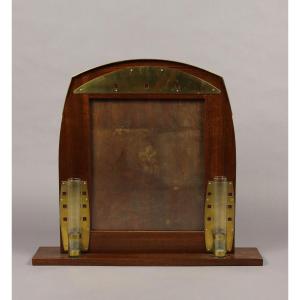
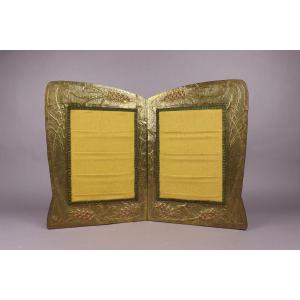
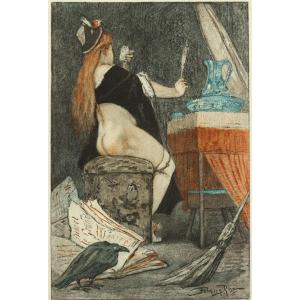
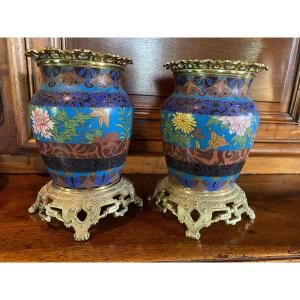







 Le Magazine de PROANTIC
Le Magazine de PROANTIC TRÉSORS Magazine
TRÉSORS Magazine Rivista Artiquariato
Rivista Artiquariato